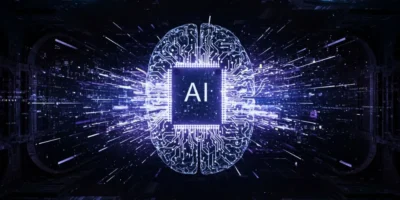For years, the software architect has been the master builder of the digital world. They are the experienced veterans who stand at the whiteboard, drawing boxes and lines that define how massive software systems will work. Their job has always been a mix of deep technical knowledge, experience, and a bit of gut feeling. However, a new tool is now entering their workshop: artificial intelligence. AI isn’t here to replace the architect, but it is fundamentally changing what they do.
From Blueprinting to Simulating
Traditionally, an architect would design a system based on their past experiences, hoping it could handle future demands. It was an educated guess. AI changes this completely. Now, architects can utilize AI tools to conduct complex simulations. They can ask, “What happens if we get ten times more users?” or “Which of these three database designs will be cheaper and faster over five years?” The architect’s job shifts from just drawing the blueprint to testing it against a dozen possible futures before a single line of code is written.
A Super-Intelligent Sounding Board
Choosing the right technology for a project is a huge challenge. There are hundreds of databases, programming languages, and cloud services to pick from. An AI can act as a super-intelligent consultant. It can analyze the project’s requirements and instantly suggest the best tools for the job, complete with data on their performance, security risks, and costs. This frees the architect from endless research and lets them make better, data-driven decisions.
Automating the Grunt Work
A significant portion of an architect’s time is consumed by tedious tasks, including creating complex diagrams, writing detailed documentation, and establishing the basic structure of a new project. AI is becoming increasingly proficient at automating this work. An architect can describe the system in plain language, and an AI can generate the technical diagrams and starter code. This allows them to stay focused on the big-picture problems, rather than the busywork.
The Human Element Becomes More Important
As AI increasingly takes over technical analysis, the architect’s human skills become even more critical. AI can’t understand a company’s business goals. It can’t negotiate with different teams or explain a complex technical vision to a non-technical CEO. The architect’s role elevates from a technical master to a strategic leader and communicator. They become the bridge between the AI’s powerful analysis and the real-world needs of the business.
Conclusion
The software architect of the future won’t be made obsolete by AI; they will be empowered by it. They will spend less time on manual analysis and more time on strategy, leadership, and creative problem-solving. AI will become their co-pilot, handling the immense complexity of modern systems so the human architect can focus on steering the project in the right direction. The job isn’t disappearing; it’s just becoming more important than ever.













